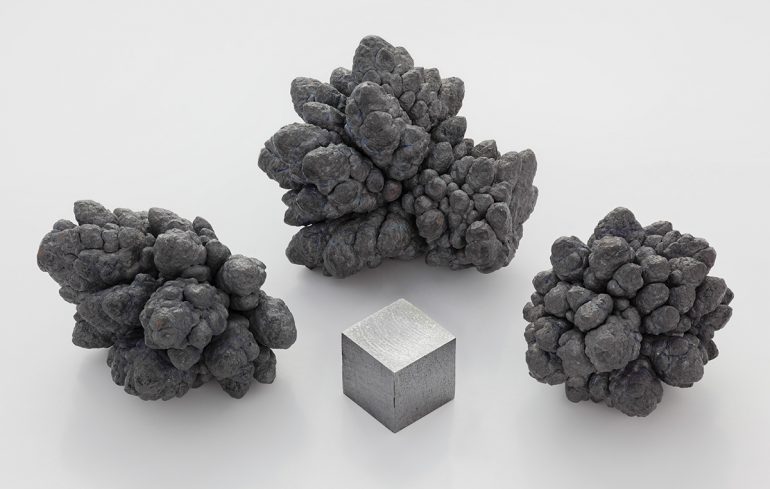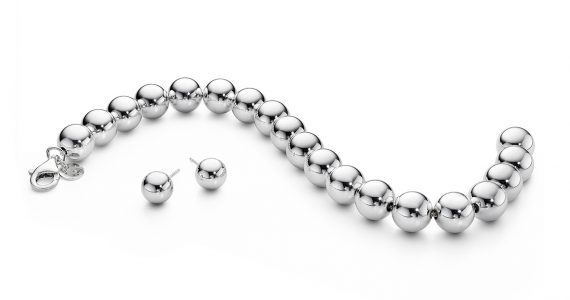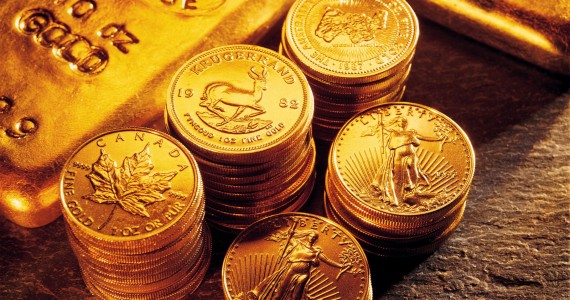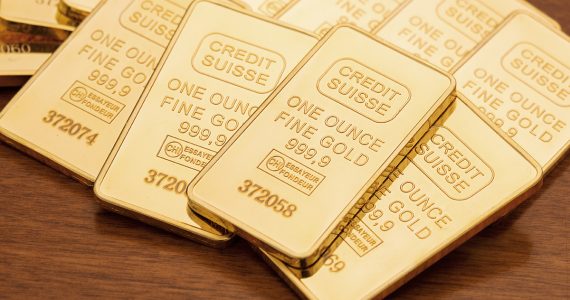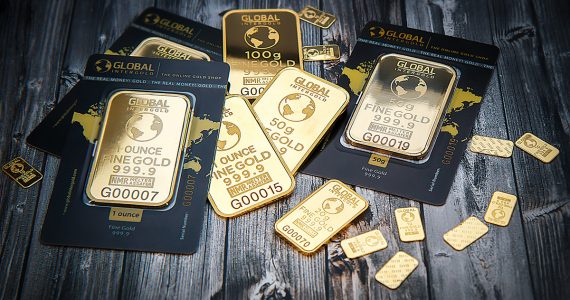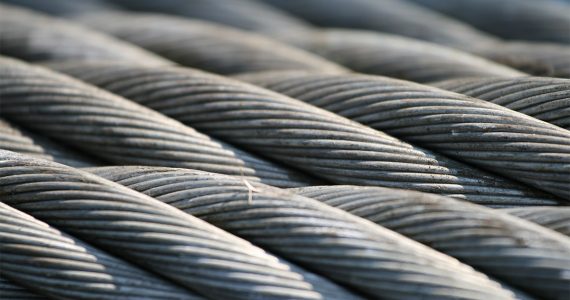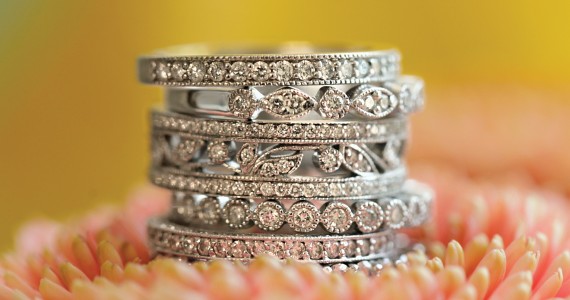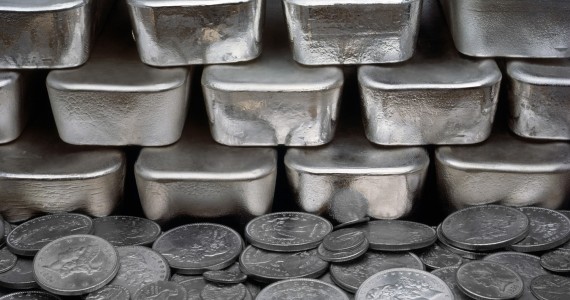In our day-to-day activities, we make use of things that we don’t even know how they’re created or what it is made of, or there isn’t so much interest in the composition of things.
For your appreciation, the many things we use and take advantage of make use of metallic elements. This article will focus on lead and its practical applications in various forms. We only know lead to be that tip of the pencil used in writing, but little did we know that this versatile metal has many other amazing uses.
A Little Background of Lead
Lead belongs to the group of heavy metals with soft and malleable properties. Due to its rarity, it is extracted from ore deposits containing copper, zinc, and silver. It initially looks shiny silver-blue when freshly cut, but changes to a dull grayish color when exposed to air moisture.
Lead has a cubic crystalline form characterized as a dense and ductile metal but has low tensile strength and poor electrical conductivity. It is also non-corrosive and is strengthened when added with a small amount of antimony or other metals.
Various Uses of Lead
Lead happens to be one of the earliest metals ever discovered by humans. Due to its highly corrosive-resistant characteristic, it is used by Romans in making water pipes and lining baths.
Around 4,000 years back, the Chinese discovered the use of lead in producing coins. In the ancient times as well, lead was also extensively used in making sculptures and ornamental objects. Lead was also important in roofing construction due to its water-resistive properties.
Over time, the application of lead has become even more versatile and wide-ranging. In one form or another, lead is everywhere and is all around us. Here are encompassing uses of this versatile metal:
Batteries: This is where lead is most importantly used, in the form of batteries in the automobile industry.
Ammunition: Lead is an important ingredient in weaponry such as making bullets and shots for firearms.
Sailing Ballast: With the ability of lead to resist corrosion, having high density and weight-to-volume ratio, it is important in making scuba diving weight belts and ballast keel of sailboats.
Coloring Pigment: In coloring application such as in paints and ceramic glazes particularly the colors yellow and red, various lead forms are used: white lead, lead chromate and lead sulfate.
Soldering Material: When lead is alloyed with other metals such as tin, it is then used for soldering electronic parts because of its low melting temperature.
Sheathing and Insulation: Lead is usually used as a cost-effective additive in plastic PVC is used to cover electrical wirings. Attributing to its high density property, lead is essentially used as a sheathing material in high-voltage power cables to stop water diffusion into the insulation.
Coolant: When mixed with bismuth, it functions as a coolant for certain kinds of nuclear reactors.
Roofing: As a water-resistant metal, lead sheets are made use in the construction industry for weathering such as cladding and roofing to avoid water penetration.
Radiation Shielding: Lead is present in aprons, that thing which protects patients during x-ray. It also has its importance against gamma radiation.
Semiconductor: Photovoltaic or solar energy cells and infrared detectors make use of lead selenide, lead telluride and lead antimonide.
Anti-knock Additive: Aviation fuel in piston-driven aircraft is actually mixed with tetraethyl lead as anti-knock additive. Lead was also added to fuel for cost-efficiency and improved vehicle performance.
Other Applications of Lead
In addition to the above-mentioned fundamental uses of lead, other beneficial uses of this metal can also be seen in the following:
- Used for the lining of acid plants, chemical treatment baths and storage vessels
- Used to make glazing bars in stained glass and other multi-lit windows
- Used as base metal for organ pipes and mixed with varying amounts of tin to regulate the tone of the pipe
- Lead in the form of strips is used in making tennis rackets for more weight
- To date, it is still being used in sculptures and statues, and lead moldings are used as decorative designs
- Used as projectiles for fishing sinkers because it is cost-effective and highly dense, but poses environmental threat due to lead poisoning
- Formerly used to balance car wheels, but was stopped because of environmental concerns
Lead Alloys
Lead is mixed with other metallic elements to form alloys that play important uses in the industrial setting. Examples of these alloys are tin, arsenic, copper, cadmium, sodium, bismuth and antimony.
Lead is needed to make bearings, solder, type metal and anti-friction metal. Soft solders are made out of lead alloyed with tin with or without antimony.
Shot lead is an alloy containing lead, arsenic and antimony. Fusible alloys employ different blend of lead, bismuth, tin, cadmium and other metals with low melting point.

